Author & Photographer: George Mitchell
Our recommendations are not influenced by affiliate links – we have none. Our content and advice is derived from our personal experience and knowledge based on living in Western Canada as well as living and travelling for 23 years around the world.
Why should you visit English Garden?
If you love flowers, nature, and/or photography, then English Garden is the place to visit. But this is not a garden in England. Where is it? Why is it so special? First let’s understand the traditional European garden style.
Welcome to another episode in our 19,000 km road trip across Canada. For all you avid trip planners. don’t miss the special section at the end of this post to give you a head start on planning your own itinerary across North America.
Traditional European Garden Style
Gardens were often designed in traditional Italianate or French style. For instance, Villa Garzoni Garden in Italy uses symmetrical, geometric shapes containing flowers in precise if not contrived patterns with no natural habitat.
In this very architectural style, the eye is directed along artificial, linear vistas that reinforce man’s control of the countryside. In Powerscourt Garden, Ireland above, the geometric pebble stones typical of the Italianate style leads one’s eye to the fountain in the pond in the distance.
Capability Brown Garden Style
The 18th century English Garden style was revolutionary because it considered that the best design was one that was indistinguishable from nature. The English style is less formal and incorporates the garden within a natural landscape.
We have seen many National Trust properties when we lived 2.5 years in UK. Their gardens were influenced by Lancelot Brown (1716-1783), the foremost English garden designer. “Capability” Brown, as he was called, was responsible for more than 170 gardens surrounding the finest country estates in Britain as well as Blenheim Palace and Warwick Castle.
English Garden
This is one of our favourite places in Winnipeg, a major stop on our 19,000 km road trip across Canada. The next post, Is Winnipeg Worth Visiting? will explore what we think of the city.
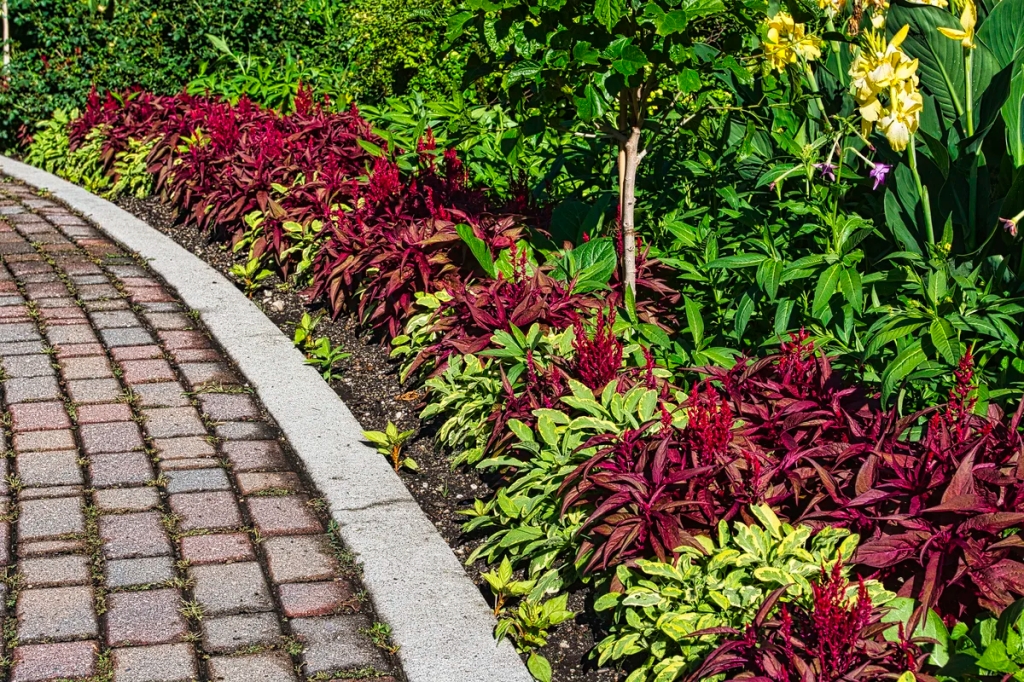
There are 3 acres of trees and flowers landscaped using the 18th century English garden design principles. It felt like a natural forest filled with flowers rather than an artificial, geometric park. You will feel like you are in a huge noble estate rather than in a bustling big city.
We loved the way the gardeners planted purple Cock’s comb (Celosia cristata) in contrast to green sage and milkweed border plants in front of the yellow canna lilies.
It is the best botanical gardens on our cross-Canada trip. The following are closeups of some of my favourite flowers as well as some interesting facts I discovered about these plants.
Foxglove, Digitalis purpurea
Foxglove, Digitalis purpurea, originates in Western Europe and North Africa. It is one of my favourite flowers thanks to its vibrant purple colour, which is produced by the same anthocyanin gene found in blueberries. It always amazes me how our ancestors learned about the medicinal uses of plants. If you ingest too much foxglove, it is poisonous. If you take the right amount it can be helpful. Foxglove is the original source of the heart medicine digoxin (also called digitalis).
Common Coleus
Common coleus is native to Southeast Asia. You can almost feel the texture of the leaves. It’s hard to believe that all these plants are in the same coleus family.
In the above photo, the leaves were mainly in the shade with the setting sun piercing through the trees from behind. I loved the “back lit” leaves. It made the leaves translucent, highlighting every vein and serrated edge.
I love the patterns of colours within each leaf.
Common coleus has been used as a herbal remedy to treat asthma, high blood pressure, and other ailments. The use of coleus can be traced back to ancient Egypt, where it was used as a medicinal herb and a cosmetics ingredient.
Gerbera Daisy, Gerbera jamesonii
Gerbera Daisy Gerbera jamesonii, is a South African species also known as Barberton daisy or African daisy. I bought this flower for my wife a while ago because its’ beauty spoke to me. I did not even know the flower nor that it is the fifth most used cut flower in the world!
Canna Lily
Canna Lily are not true lilies, Cannas were cultivated by the Indigenous in tropical America for thousands of years. They were grown as a source of starch for human consumption.
Today, young shoots are used as a vegetable. In Thailand, cannas are a traditional gift for Father’s Day. Cannas are also used to extract undesirable pollutants in wetland environments.
Easter Lily, Lilium longiflorum
Lilium longiflorum is a plant previously endemic to both Taiwan and Ryukyu Islands, Japan. Easter lily is a symbol of the resurrection of Christ, because after the resurrection of Jesus, these lilies bloomed in the Garden of Gethsemane where Jesus prayed. They bloom around Easter. We love lilies and our garden is full of day lilies.
Showy Lily, Lilium speciosum
Showy lily, Lilium speciosum is native to mountainous areas of southern Japan and southern China. Lilies symbolize purity and fertility. They are often included in bouquets.
As we walked through the garden, none of the plants were signed. We enjoyed the incredible colours and shapes and took photos if them. Afterwards I used the subscription-based PictureThis app to identify each plant.
Nicotiana
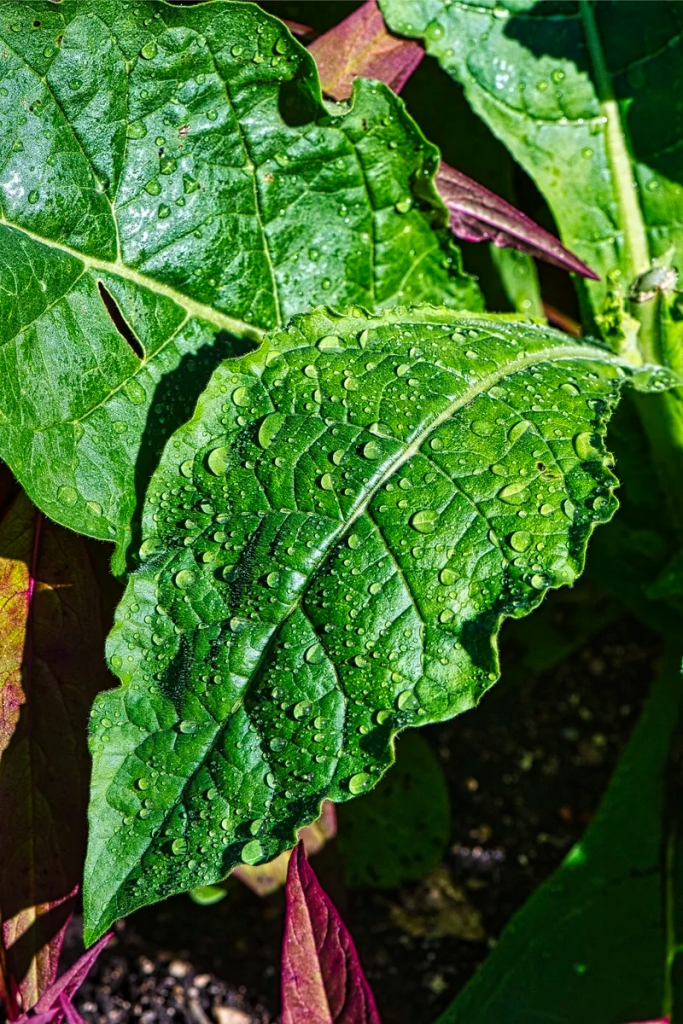
Nicotiana, Nicotiana tabacum has trumpet-shaped flowers that give a very aromatic nighttime scent. We grew them once in our garden. But today there were no flowers. Instead, I loved the water drops on the veined leaves.
Nicotiana, which is poisonous, is the origin of our word nicotine. Actually, the origin of both words is Jean Nicot, a French ambassador who sent samples of nicotiana as a medicine to the court of Catherine de’ Medici in 1559. It is a tobacco plant.
Dahlia, Dahlia pinnata
Dahlia, Dahlia pinnata, is native to Mexico and Central America. The family name Asteraceae originates from the Greek word “aster,” meaning star. The blossom looks like a star emitting rays of wavy flames.
Four o’clock flower, Mirabilis jalapa
Four o’clock flower, Mirabilis jalapa, is native to Latin America. Mirabilis in Latin means wonderful and Jalapa is a city in México.
What is amazing about this plant is that an individual flower can be splashed with different colours or flowers with different colors grow simultaneously on the same plant. The view is amazing! But why is it called Four o’clock flower? This is because the flowers usually open between late afternoon and dusk (between 4 and 8 o’clock).
Mirabilis jalapa was cultivated by the Aztecs for medicinal and ornamental purposes. Parts of the plant may be used as a diuretic, purgative, and wound healing purposes. The root is believed to be an aphrodisiac.
Cape Marguerite, Osteospermum
Cape Marguerite, Osteospermum, has a vibrant, contrasting colours. It has been used in traditional medicine to treat ailments such as coughs, colds, and fever.
What’s Next
For information on the sights visit Assiniboine Park and the English Garden web sites. Also pick up or download the Assiniboine Park Map.
To help you get a head start on planning your itinerary across North America, we have provided a custom Prairies Map. This Google map provides all the scenic spots and restaurants between Manitoba to Alberta suffixed by their Google rating.
To simplify the custom Google Map, many layers were hidden. Click on the hidden layers in the left pane to see Accommodations, Restaurants, and Winnipeg to Gimli driving routes.
To further help plan your itinerary across Canada, we have additional Google Maps of other road segments. The maps are associated to our posts. Many descriptions about our 19,000 km road trip across Canada have already been published. Here are five of the best:

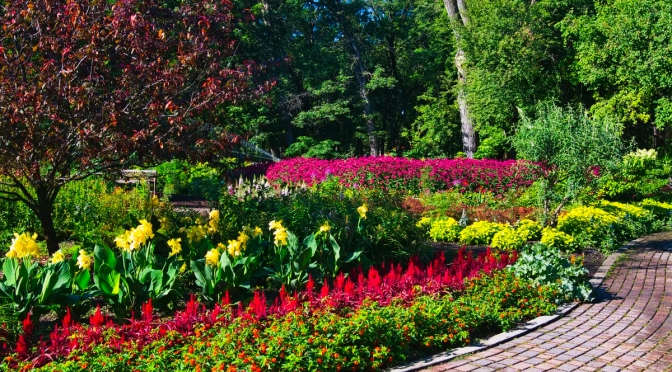
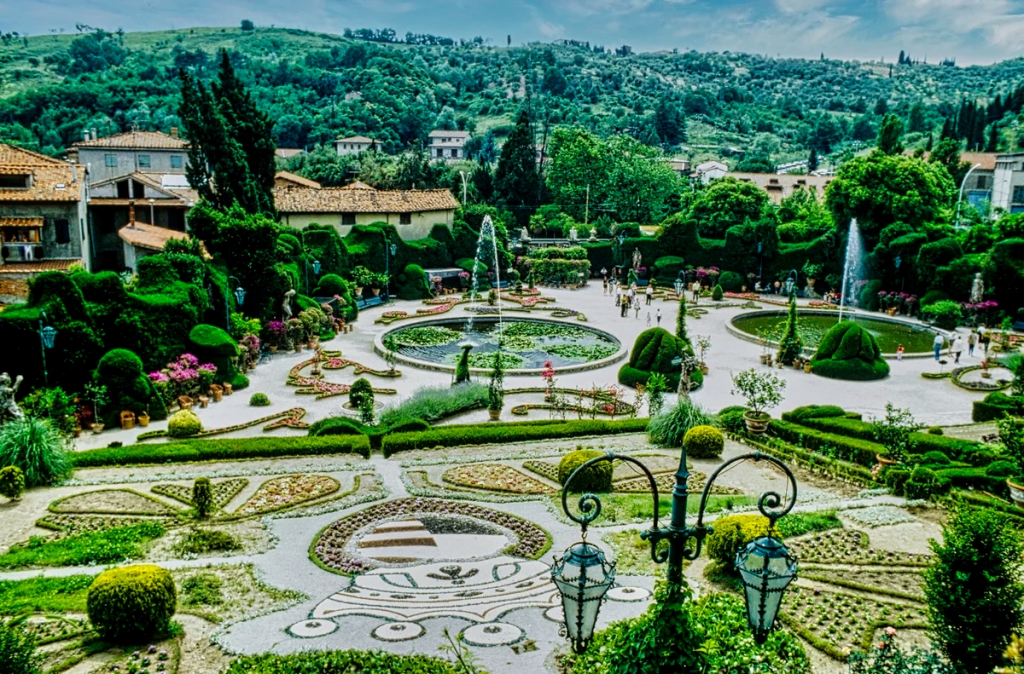

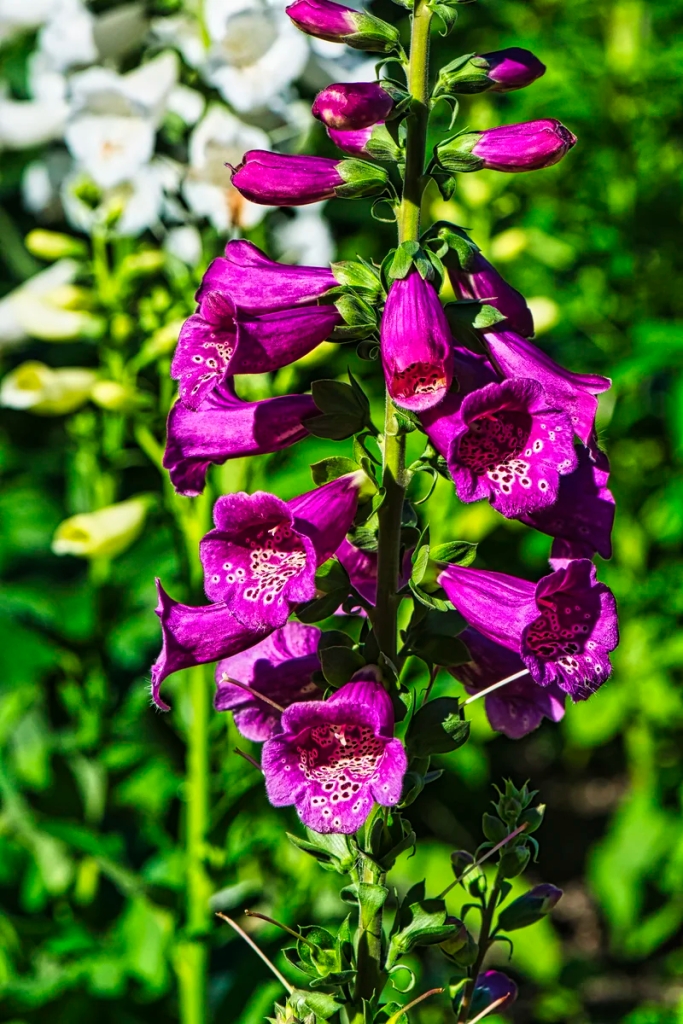
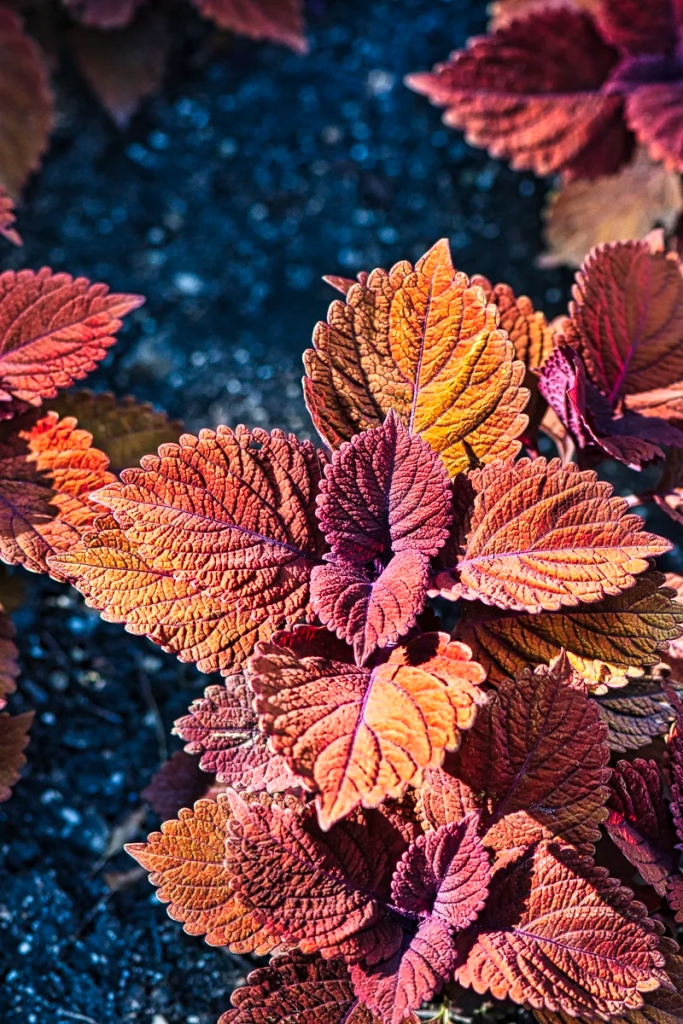
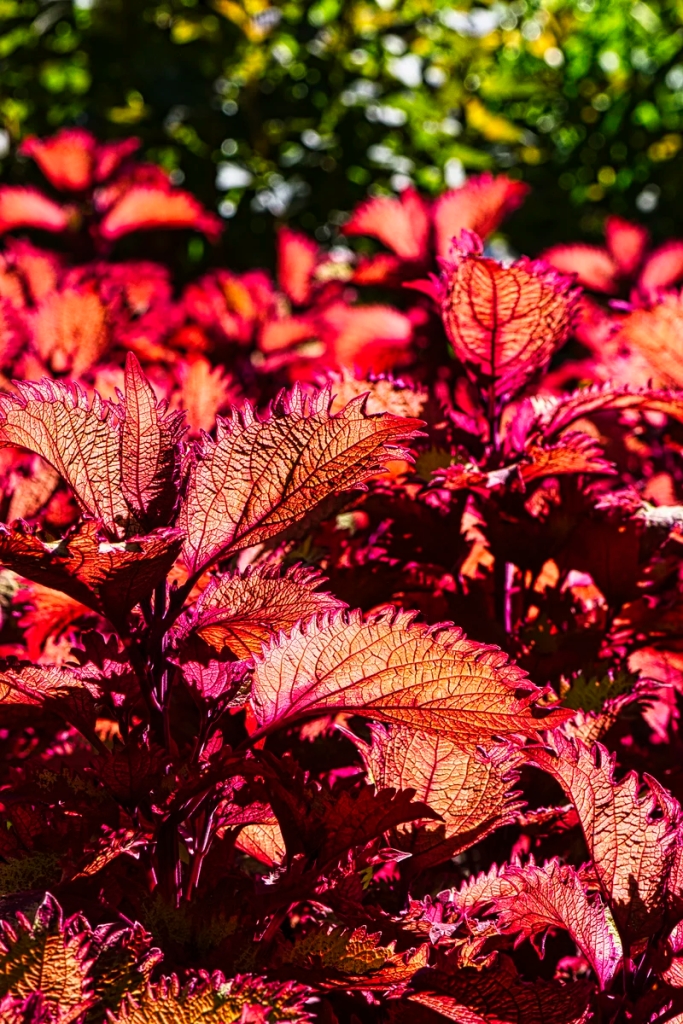
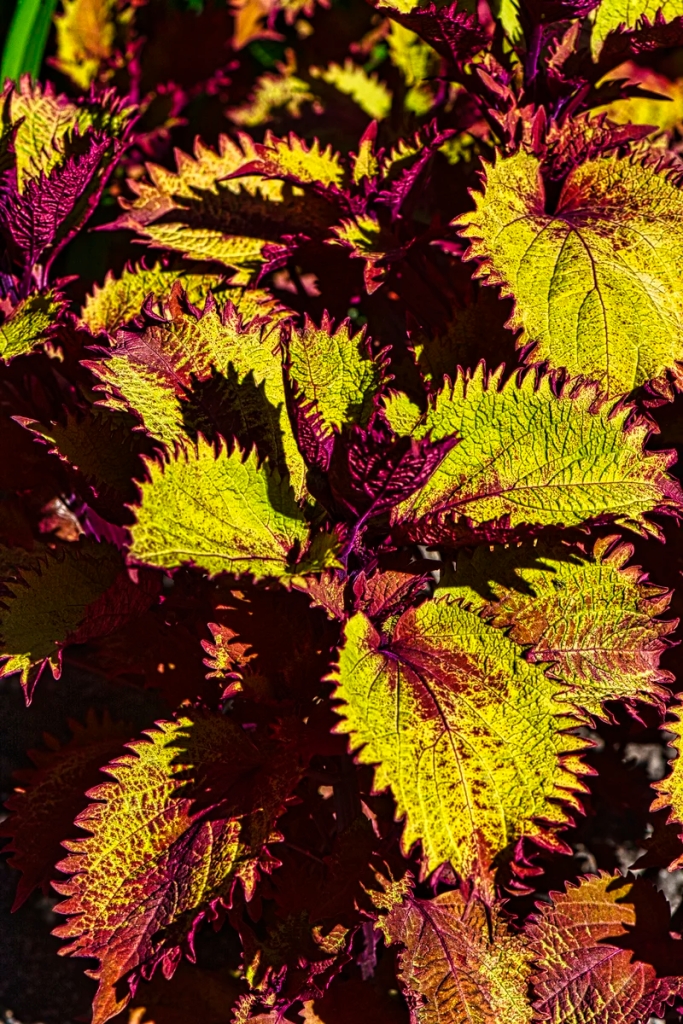
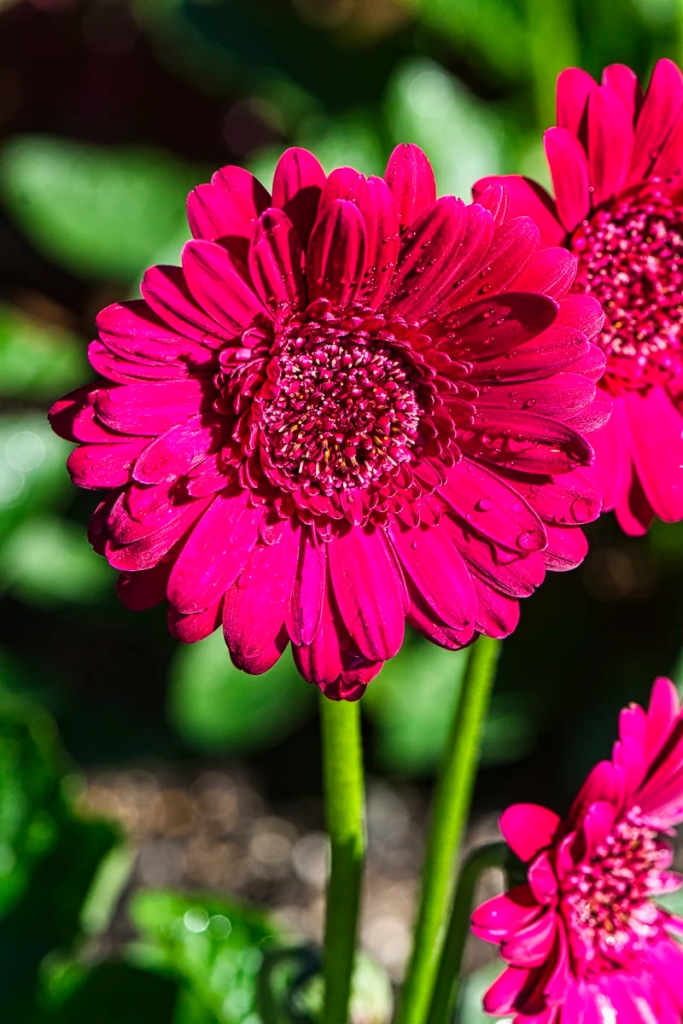
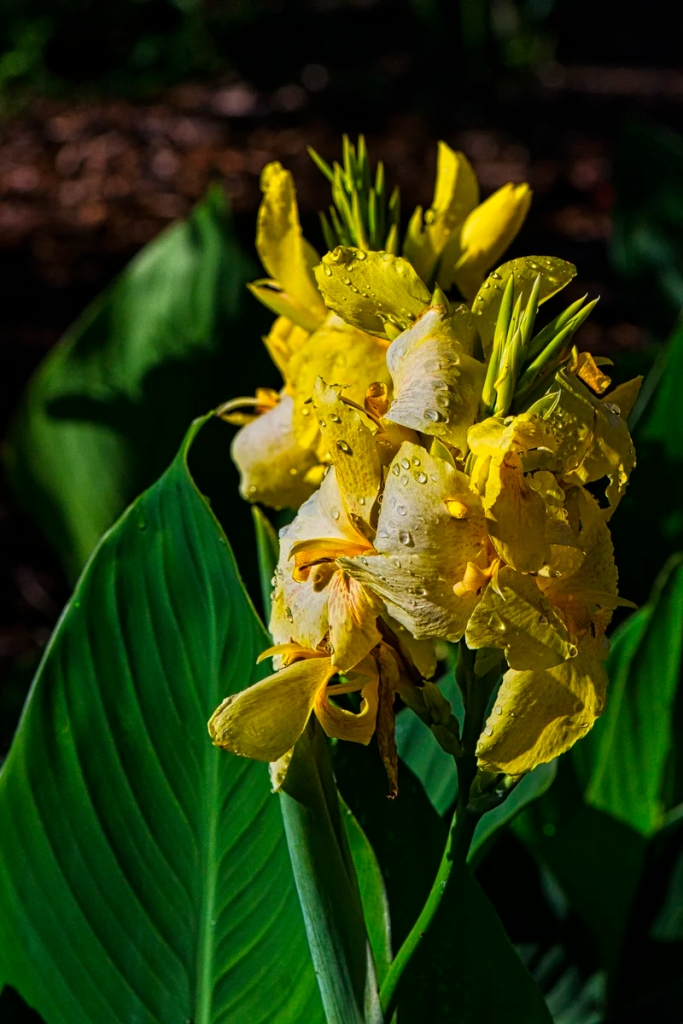
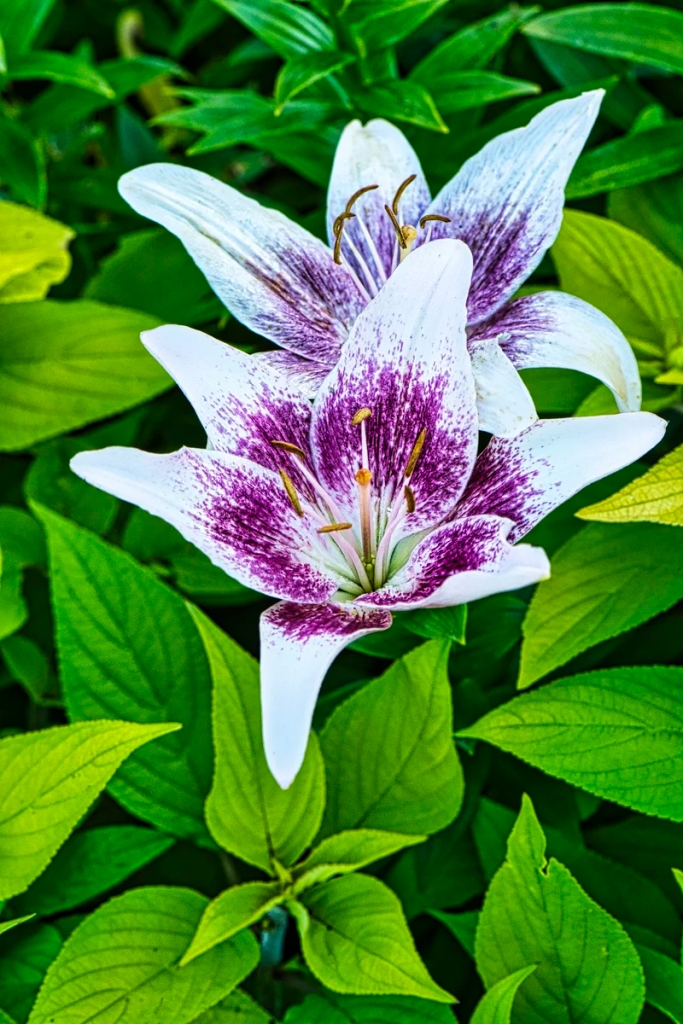
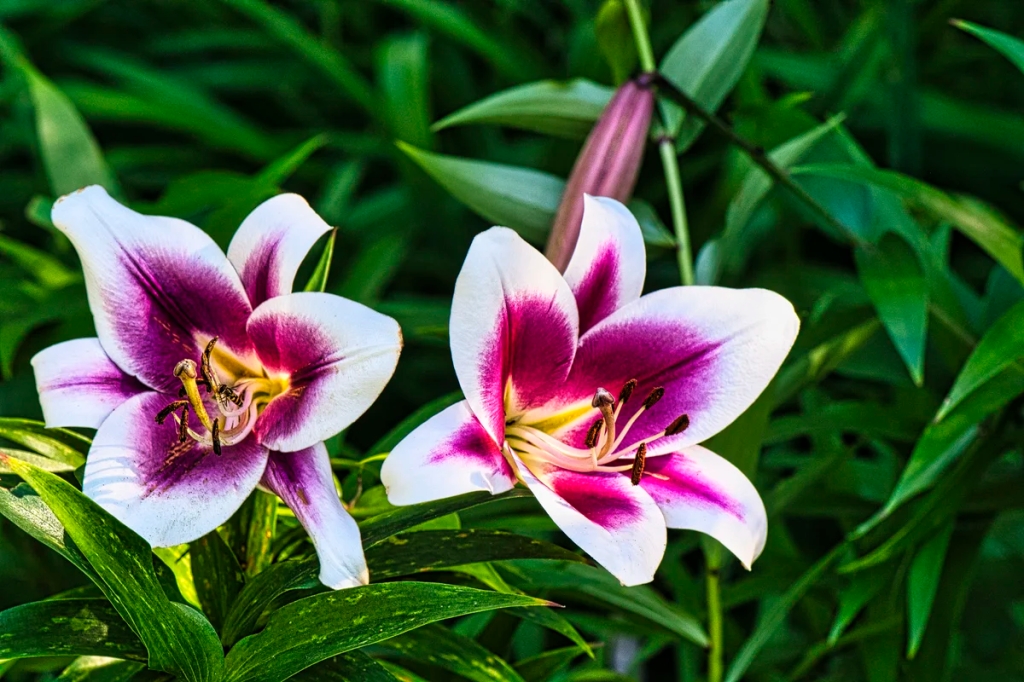
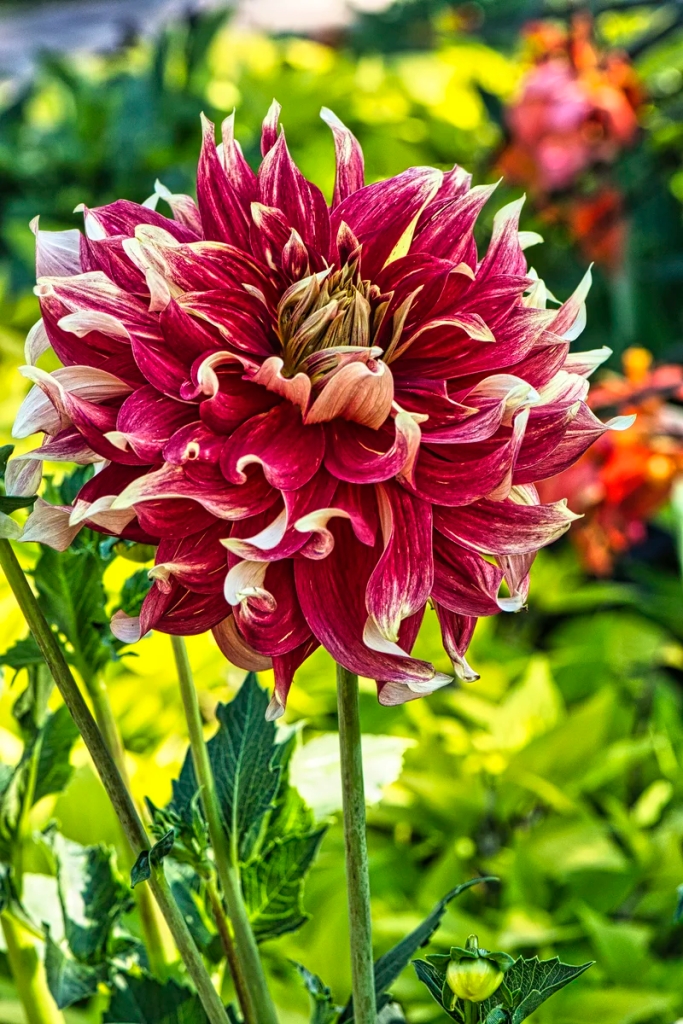
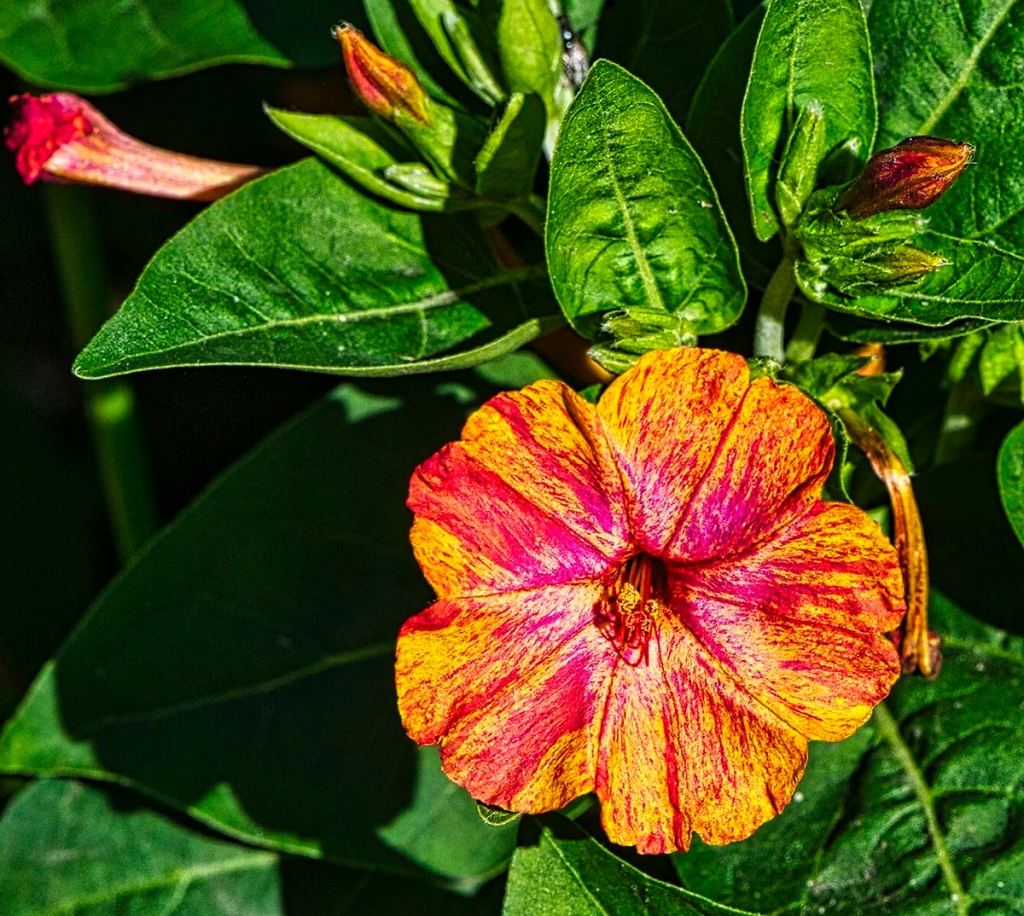
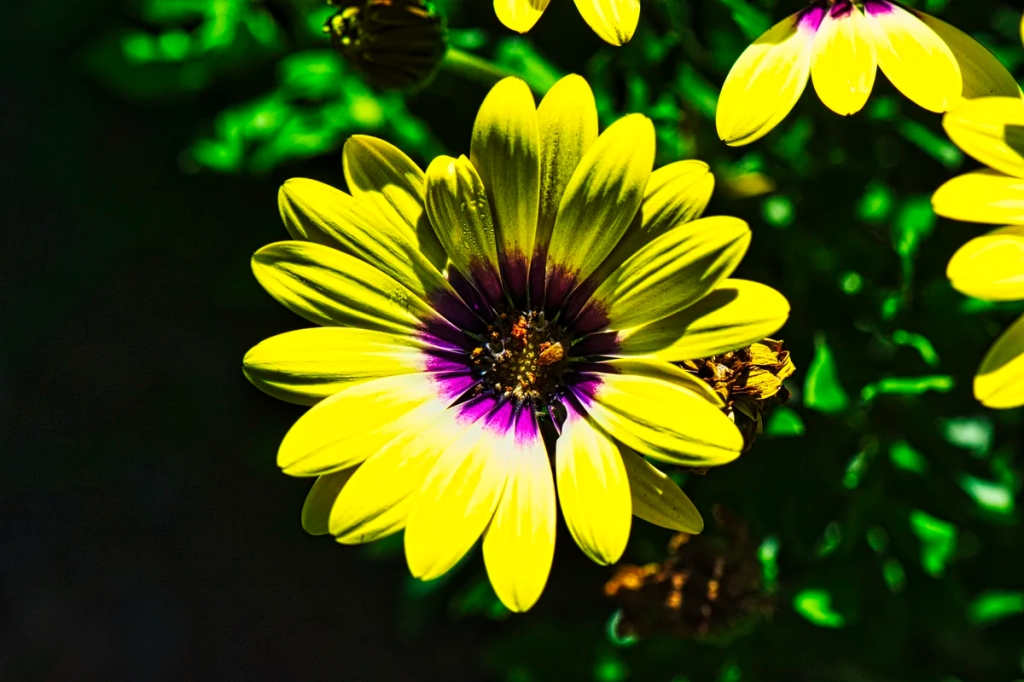
2 thoughts on “You Must Visit this English Garden!”